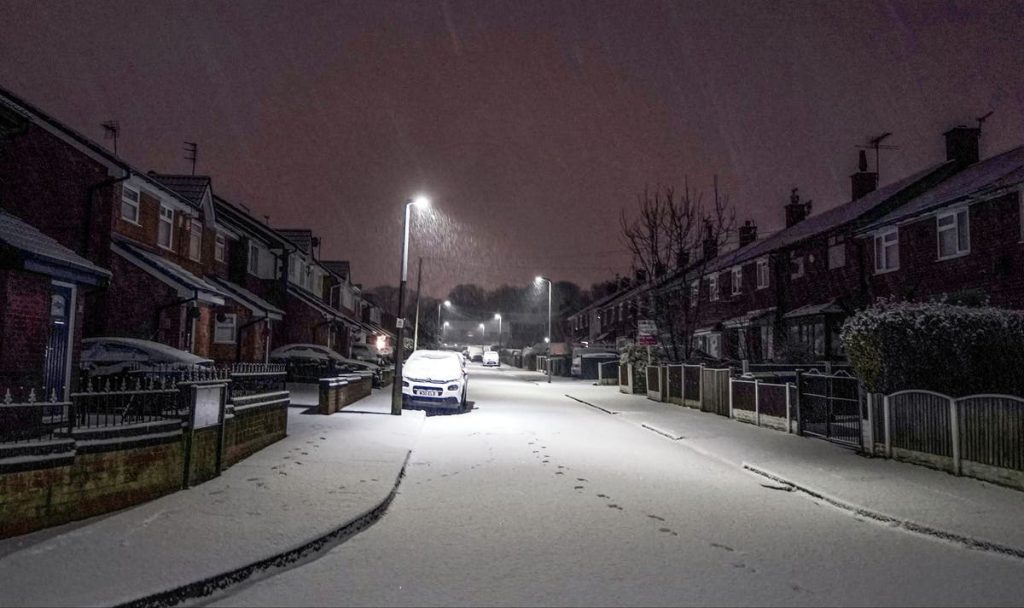According to the recent forecast, the nation’s “first taste of winter” could see up to 20cm of snow buildup in the worst impacted locations.
There is “potential” for warnings to be “escalated”, according to the Met Office, which issued a number of yellow weather warnings for snow and ice for areas of the UK. The yellow weather warnings started Sunday afternoon (November 17) and expect to last until Tuesday morning (November 19).
The warning covers much of southern Scotland, north-eastern England, parts of Yorkshire, and parts of north-west England, including Lancashire and Cumbria.
According to BBC Weather, London will have highs of just 5C on Wednesday and 4C on Thursday, but there won’t be any snowfall this week.
The UK’s freezing weather means some households are eligible for cold weather payments. But what are they and who can receive one?
Here the PA news agency answers key questions about them.
What is a cold weather payment?
Cold weather payments are made to vulnerable people, including pensioners, in England and Wales to help them pay for heating when the temperature dips below freezing.
Cold weather payments go to those living in an area where the average temperature is recorded as, or forecast to be, 0C or below for seven consecutive days.
What areas have been triggered?
But, DWP said on Tuesday that no cold weather payments have yet been triggered in 2024 despite the temperature warnings.
How can I check if my area is eligible?
People can visit coldweatherpayments.dwp.gov.uk online to check.
Those eligible for cold weather payments need to be living in a place where the average temperature or forecast is 0°C or below over seven consecutive days.
You may get cold weather payments if you’re receiving:
– income-based jobseeker’s allowance
– income-related employment and support allowance
– support for mortgage interest
People get £25 for each seven-day period of very cold weather between November 1 and March 31 each year.
How can you get a cold weather payment?
Those eligible do not need to apply; it will be paid automatically.
The bank top-up will be in eligible people’s bank accounts within 14 days of the trigger.
Does this affect my benefits?
Cold weather payments do not affect other benefits.
What if I am in hospital?
Those in hospital should tell the Pension Service or Jobcentre Plus as this could affect their payment.
What if I live in Scotland?
Scots cannot get the payment.
In Scotland, people on benefits or low incomes may qualify for an annual £50 winter heating payment, though this is made irrespective of cold temperatures.
What if I do not receive my payment?
People are advised to tell the Pension Service or Jobcentre Plus.
Those getting universal credit should sign in to their account and add a note to the journal.
How do I challenge a cold weather payment decision?
According to charity Turn2us, the DWP’s decision on a person’s payment claim can be challenged.
If the decision stands, people can appeal to an independent tribunal.
The time limits are strict, with a one-month window to dispute a decision.
What other payments can I get?
People born before September 26, 1956 who are eligible could get between £250 and £600 to help pay their heating bills.
There is also the warm home discount scheme, in which people get £150 off their electricity bill over the winter.
A spokesman said: “These additional payments provide support every year to help people experiencing the coldest weather.
“Cold weather payments can be triggered right through to the end of March, giving people facing disproportionately cold weather that extra reassurance over the chillier months.”

